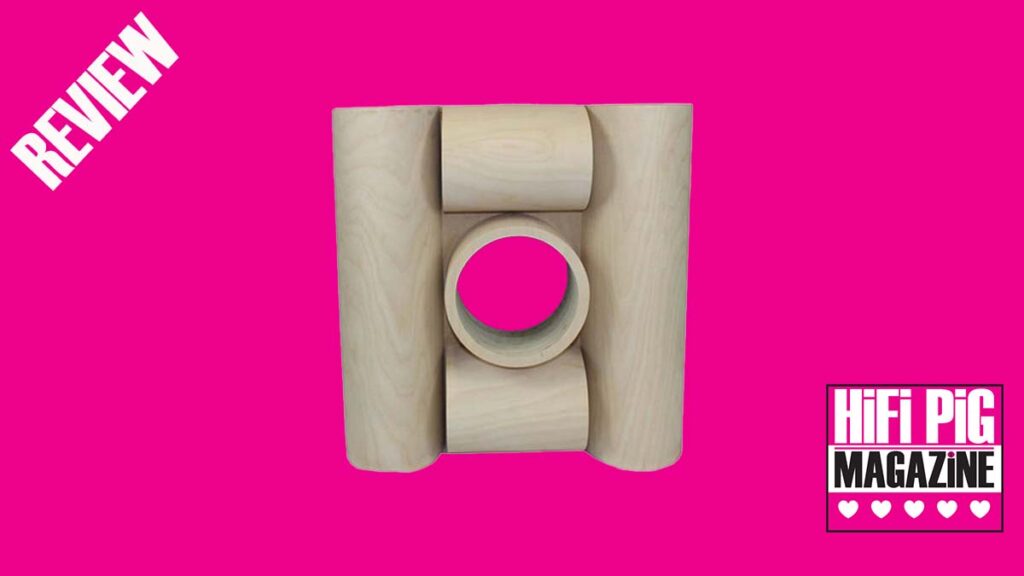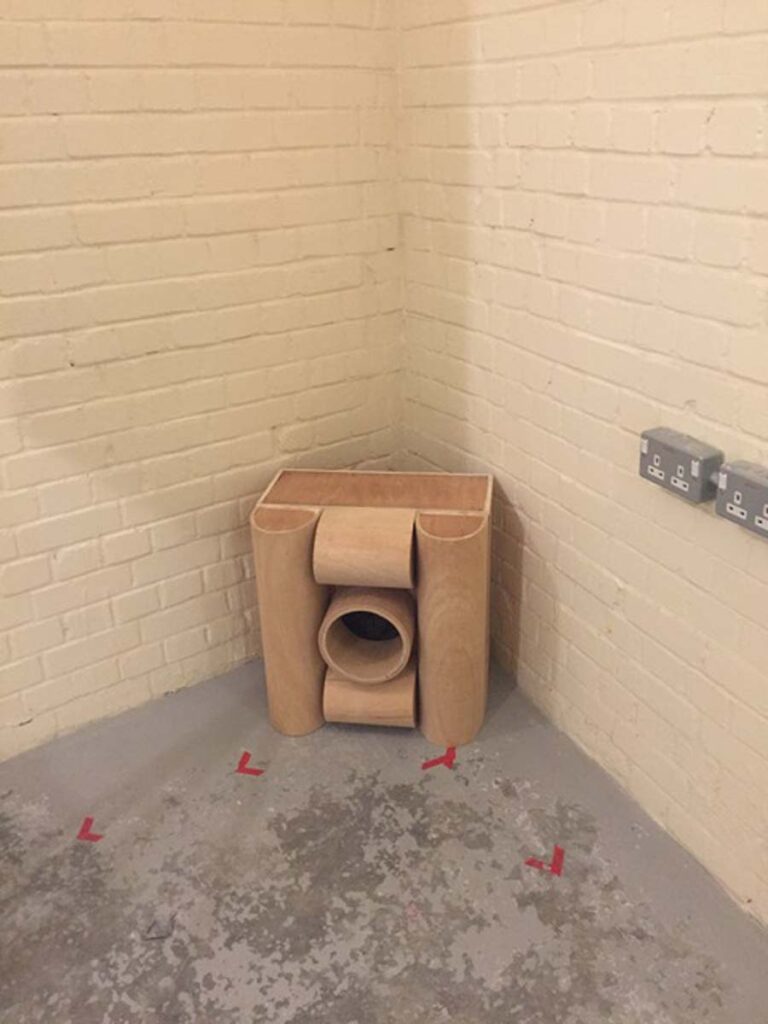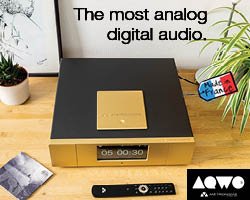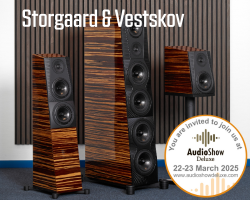PORTABLE; VARIABLE ACOUSTIC DEVICE (P:VAD) REVIEW
Room acoustics can make or break a listening experience, and achieving the ideal environment is often a challenge for audiophiles. The P:VAD (Portable: Variable Acoustic Device), designed by acoustics expert Antony Frost, offers a portable and versatile solution for taming bass, reducing reverberation, and fine-tuning your soundstage without permanent room alterations. In this review, Janine Elliot put the P:VAD to the test and see how it performs in a real-world listening setup.

I take my listening room décor and speaker positioning very seriously when reviewing or simply listening to music at home. The last place I’d want to listen is my reverberant bathroom—though it does make my voice sound better when I sing. Similarly, in a recording studio, it’s crucial that the control room adds nothing to the audio being monitored. Likewise, in the recording room or hall, it’s important that the microphones capture only the instrument’s sound and not the room’s acoustics; you can always add reverb and echo, but you can’t take it away! Moving the big screens at the BBC Radio studios was a daily and vital ritual. One side of the screen, the soft side, absorbed sound, while the harder side reflected it as needed. Most studios add materials like lambswool, wood, foam, or even egg boxes to absorb sound. However, in the old basement studio B12 at the BBC they even experimented with reflecting “unwanted” sounds to a dead area in the room, though it wasn’t particularly successful.
My listening room is a sideways rectangular shape with stone flooring covered by thick wool carpet in the listening area, complemented by “obstacles” placed strategically to absorb slight reverberations. This setup works quite well, especially with curtains drawn. A six-foot-tall screen on wheels wouldn’t be practical. Enter Anthony Frost and his unique P:VAD.


ANTHONY FROST’S JOURNEY
As a teenager, Anthony Frost was passionate about music and electronics, eventually working in roles such as soundproofing, recording session preparation, and console maintenance at the Bristol Old Theatre School. After starting his career in electronics, he moved into studio sound, studying at the Institute of Acoustics and furthering his technical expertise in the UK and abroad. His qualifications include an MSc in Applied Acoustics and a host of letters after his name. Anthony noticed that the only portable sound-altering panels available were tall and heavy, sparking his journey to develop something smaller and more effective.
THE P:VAD: A NEW APPROACH
In 2011, Anthony established Sanctuary Acoustics, a consultancy dedicated to improving acoustic spaces. He noticed a lack of cost-effective, portable devices that could be easily transported and adjusted. Anthony aimed to create a device that surpassed traditional bass traps, which typically only absorb frequencies down to 80–100Hz. The result was the P:VAD (Portable: Variable Acoustic Device).
With a single P:VAD, absorption frequencies can drop to 63–80Hz, and using three or more units can lower this to 40–50Hz, particularly when adding an optional bung to the central cavity. Anthony also wanted the device to diffuse mid-frequencies (500Hz and above). Positioning and angling the P:VAD is crucial to achieving the best results, much like a studio manager optimises equipment placement in a recording studio.


DESIGN OF THE P:VAD
The lightweight P:VAD unit, available in black or natural wood finishes, resembles a playground for a cat. It consists of two long and two short parabolic curved diffusers surrounding a central funnel filled with 50mm of sheep’s wool. The lid covering the funnel should be removed during use but kept on when pets are around! Plastic plug-ins can further enhance performance at lower frequencies.
When asked why he chose sheep’s wool, Anthony explained: “I wanted to use a sustainable material. The insulation in the box cavity is 75% sheep’s wool and 25% polyester, with 20% of the polyester coming from recycled materials. This is more environmentally friendly than using glass wool or mineral wool, which can also be itchy to the skin.”
The central funnel is key to the absorption process, with frequency determined by the funnel’s volume and opening size. By inserting a plywood bung (£65+VAT), the opening narrows, lowering absorption frequencies to around 50Hz when multiple units are used.
The plywood construction is very light—each 525mm x 525mm x 360mm unit weighs 12.8kg—and units can be provided with a trolley for easy mobility. However, stacking units can be tricky as they easily topple unless pushed from the lowest box. Some kind of anchoring system would have been helpful.
TESTING THE P:VAD
Even in a simple test in my living room, the P:VAD proved effective. Without the unit, clapping my hands produced a quarter-second reverberation at high frequencies, but this was immediately dampened when two P:VADs were placed beside the listening area.
Larger-scale testing was conducted at the University of Salford and the Soundhub studio control room in Denmark. Tests at Salford followed BS EN ISO 354:2003 standards and showed absorption at 80Hz with six boxes. Using four boxes against the back wall lowered this to 63Hz. Diffusion tests (ISO 17497-2:2012) were also carried out, demonstrating effective performance based on positioning.

LISTENING EXPERIENCE
When using the P:VADs, I tested a variety of music, starting with Rush’s live album, Kiel Auditorium St Louis Missouri 14th February 1980. The P:VAD effectively controlled heavy bass and cymbal hits, making the music more balanced and enjoyable. Playing classical music like Berlioz’s Carnaval Romain Overture demonstrated tighter cymbal decays and improved clarity.
With two P:VADs, the difference was noticeable. Though the natural reverberation of my room was diminished, the overall sound was more precise and cohesive. Adding more units would likely enhance this further.
CONCLUSION
The P:VAD is a significant innovation for improving listening environments. Even with two units, the results were impressive, and using three or more would likely yield even greater benefits. While the price of £585 per unit plus VAT may seem steep, it’s a cost-effective alternative to renovating your listening space. For those serious about enhancing their audio experience, the P:VAD is well worth considering.
AT A GLANCE
Build Quality:
Well-constructed and very light, but doesn’t look rugged for mobile use
Sound Quality:
Very effective at dissipating the higher frequencies, but needs several units to get effective at the really low Hz
Value For Money:
For £585+VAT per unit, this might seem a lot, but spending under £2000 you will totally reconstruct your audio space. A small price for what could be a massive sound upgrade
We Loved:
Very effective at absorbing and reflecting those horrid sounds you don’t want
It does what it says on the box
You can keep adding until you get the effect you need
We Didn’t Love So Much:
I wish the units could “clip” together so that moving them about saved the worry of the top box falling over.
The finish of the units looks less professional than I would like
Will it affect the sound if it is a gloss finish?
Elevator Pitch Review: I have looked at absorbing and reflecting unwanted sounds for years, but didn’t fancy a 6-foot screen in my living room, or putting ugly panels on the wall. So, over the years I have got used to extra curtains, hairy carpets, bean-bags and massive cushions placed around the room to kill those noises. Until now. Enter the P:VAD (Portable: Variable Acoustic Device), a £585+VAT box that both absorbs the lowest vibrations and scatters frequencies above 500Hz. Just wheel as many of these very lightweight plywood and sheep’s wool boxes as you need to where they work, and then hide them back in the corner when you don’t want to use them. I was sceptical that two 525mm x 525mm x 360mm plywood boxes sent to me for review could make any difference in my living room, but the results were quite startling.
Price:
£585 + VAT P:VAD
£65 + VAT for the bung
Janine Elliot
SUPPLIED BY THE NARROWBAND ABSORBER COMPANY
System used:
Pre-Audio GL-1102N/Ortofon Kontrapunkt b (turntable/cartridge); Manley Steelhead (phono-stage); Krell KPS20i (CD); Akai GX635D (reel-to-reel); Sony DTC A8 (DAT recorder); Music First Audio Baby Reference pre-amp, Synthesis Roma 98DC valve and Krell KAV250a SS (amplification); Tellurium Ultra Silver 2 and Townshend F1 and Isolda cables, Coppice Audio stand and Townshend rack.
Specification
TECHNICAL SPECIFICATIONS: Dimensions 525mm x 525mm x 360mm Weight Approx. 12.8kg Granted Patent Numbers GB2592686B and GB2592762B Colours Black and Natural (For a bespoke colour finish please contact Acoustic GRG directly)






















































































































































































